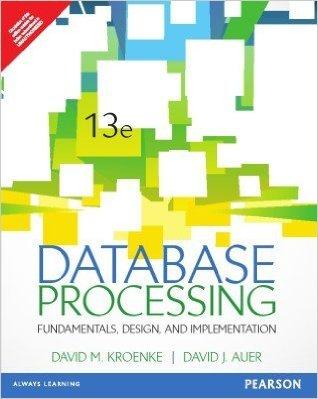Answered step by step
Verified Expert Solution
Question
1 Approved Answer
Q 2 . Consider the Bloom filter. Define k = number of hash functions; N = number of bits in hash table; and D =
Q Consider the Bloom filter. Define number of hash functions; number of bits in hash table; and number of words in dictionary. a Show that the expected number of bits in the hash table that are equal to zero is expressed as
b Show that the probability that an input word, not in the dictionary, will be falsely accepted as being in the dictionary is
c Show that the preceding expression can be approximated by
~~

Step by Step Solution
There are 3 Steps involved in it
Step: 1

Get Instant Access to Expert-Tailored Solutions
See step-by-step solutions with expert insights and AI powered tools for academic success
Step: 2

Step: 3

Ace Your Homework with AI
Get the answers you need in no time with our AI-driven, step-by-step assistance
Get Started


